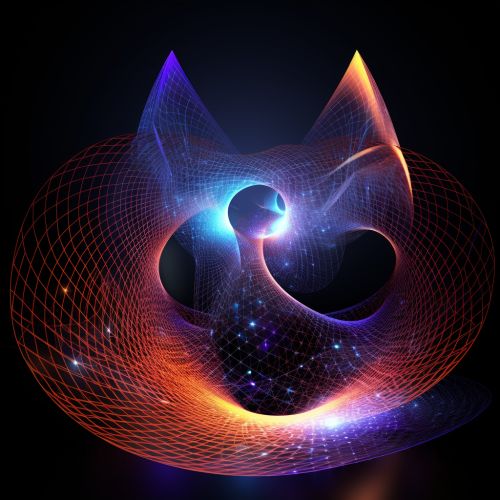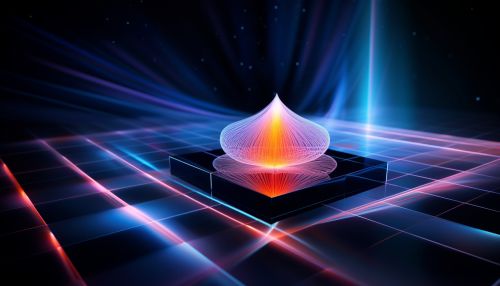Quantum Superposition
Introduction
Quantum superposition is a fundamental principle in quantum mechanics that allows particles to exist in multiple states at once, only resolving into one state upon measurement. This principle is a direct result of the mathematical formulation of quantum mechanics and is a key feature of the wave function, the mathematical description of quantum states.


Quantum States and Wave Function
In quantum mechanics, the state of a quantum system is described by a wave function, often denoted as Ψ. The wave function provides a probability distribution for the position of a particle, meaning that the particle can be found in any position with a certain probability. This is in stark contrast to classical mechanics, where particles have definite positions and velocities.
The wave function is a complex-valued function, and its absolute square gives the probability density of finding a particle in a certain position. The principle of quantum superposition states that any two (or more) quantum states can be added together, or "superposed", and the result will be another valid quantum state.
Mathematical Representation
The principle of quantum superposition can be mathematically represented using the Schrödinger equation, the fundamental equation of quantum mechanics. The Schrödinger equation is a linear partial differential equation that describes how the wave function of a physical system changes over time.


The linearity of the Schrödinger equation is what allows for quantum superposition. If Ψ1 and Ψ2 are solutions to the Schrödinger equation, then any linear combination of Ψ1 and Ψ2 is also a solution. This means that if a particle can be in state Ψ1 or state Ψ2, then it can also be in a state that is a combination of both.
Quantum Interference
Quantum superposition leads to the phenomenon of quantum interference, where the probability distribution of a quantum state is affected by the superposition of other states. This is most famously demonstrated in the double-slit experiment, where particles such as photons or electrons are sent through two slits and create an interference pattern on a screen.


The interference pattern is a direct result of quantum superposition. Each particle passes through both slits simultaneously, creating two wave functions that interfere with each other. The resulting pattern of light and dark fringes is a visual representation of this interference.
Quantum Superposition and Measurement
One of the most intriguing aspects of quantum superposition is its relationship with measurement. According to the Copenhagen interpretation of quantum mechanics, a quantum system remains in superposition until it is measured, at which point it collapses into one of its possible states.
This is often illustrated by the thought experiment known as Schrödinger's cat, where a cat in a box is both alive and dead until it is observed, at which point it becomes either alive or dead.


This interpretation of quantum superposition has led to many philosophical debates about the nature of reality and the role of the observer in determining it.
Applications of Quantum Superposition
Quantum superposition has many applications in quantum computing, quantum cryptography, and quantum teleportation. In quantum computing, quantum bits, or qubits, can exist in a superposition of states, allowing them to perform multiple calculations simultaneously. This gives quantum computers a potential computational advantage over classical computers.


